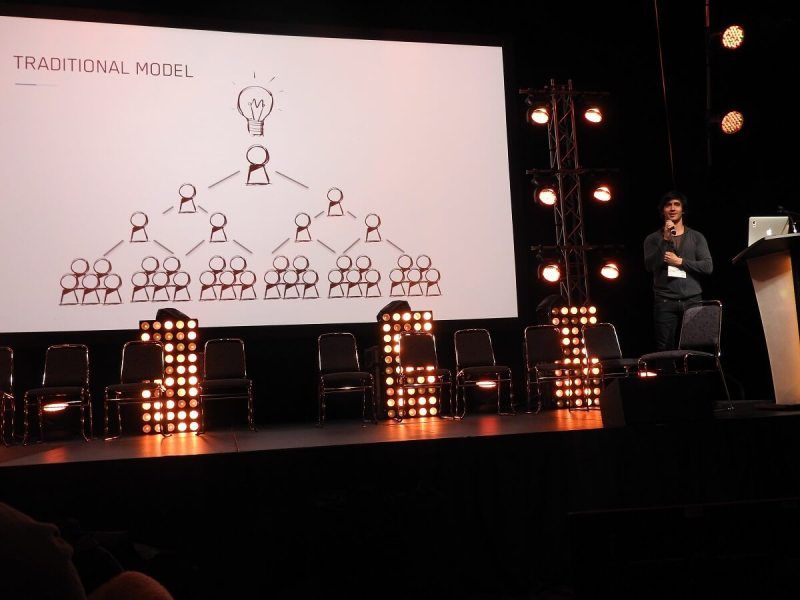
Supply-chain economics is as much a game design responsibility as it is production. Core design influences the production gap between Blizzard’s Overwatch heroes and, say, Ubisoft’s Rainbow Six Siege (R6:Siege) Operators. Ubisoft has shipped an average of .51 new Operators per month since launch compared to Blizzard’s .21 new heroes, more than double the pace. Blizzard will pack far more lore, cosmetics, and unique gameplay into each hero at the time of release – it’s part of the Blizzard “quality bar,” but maybe heroes should release faster and with fewer “features.” In faster character designs, weapons are sometimes disintermediated from character units – Apex and Valorent release weapons separately. Part of player empathy is servicing players’ content needs, with many legacy AAA studios refusing to tackle the challenge. But it’s at their peril; players ultimately choose the optimal mix of quality and quantity, not design directors.
(more…)




